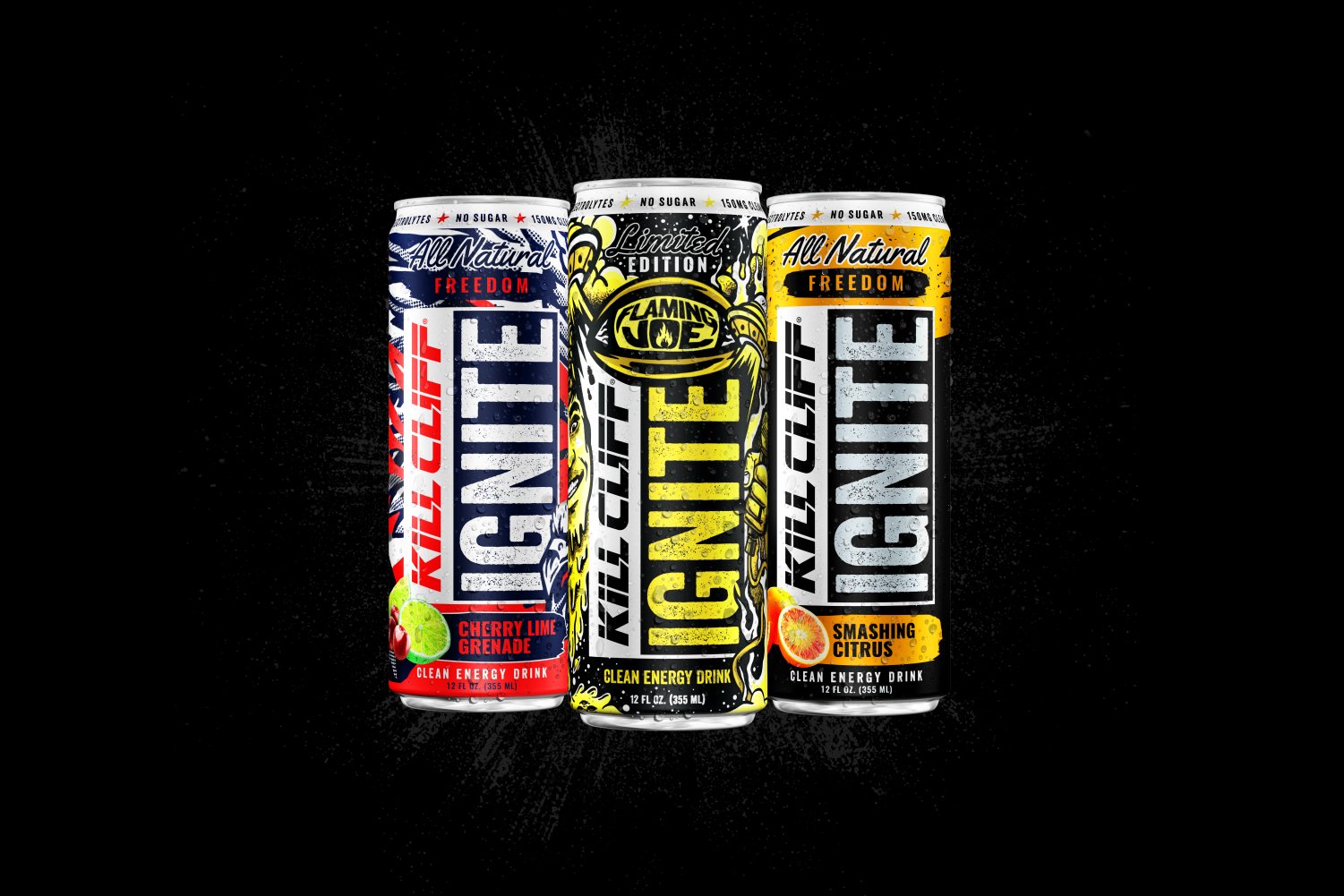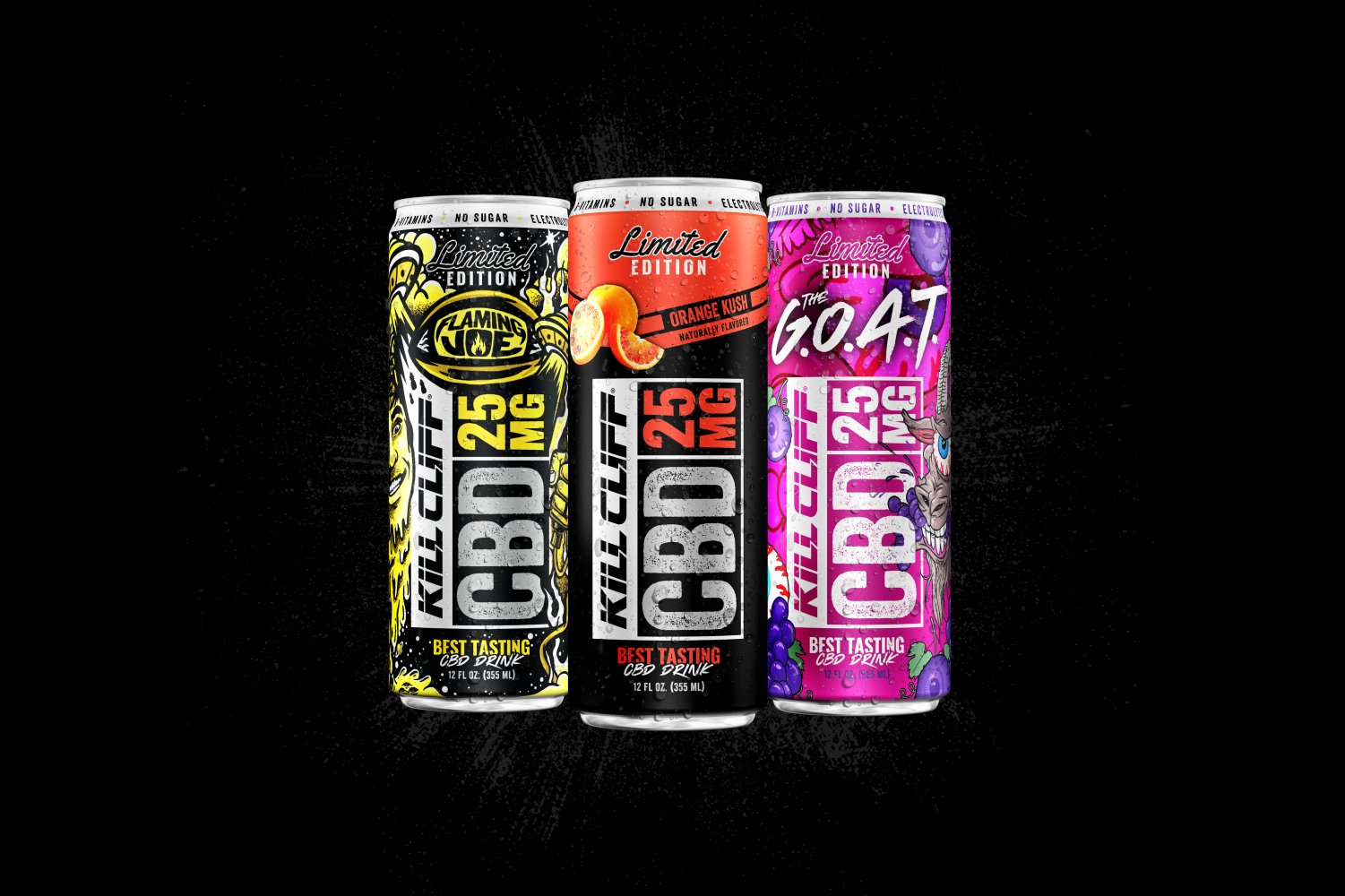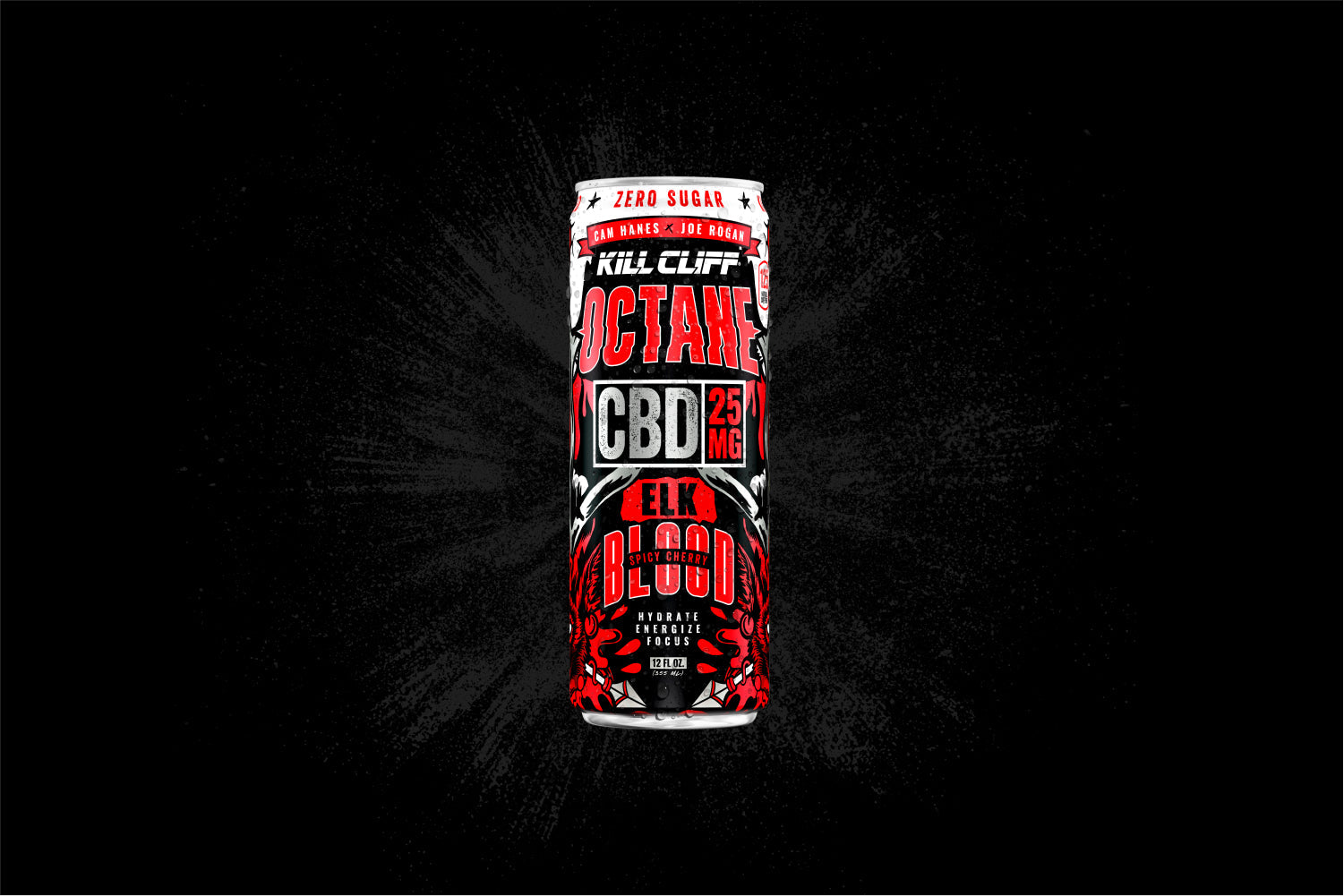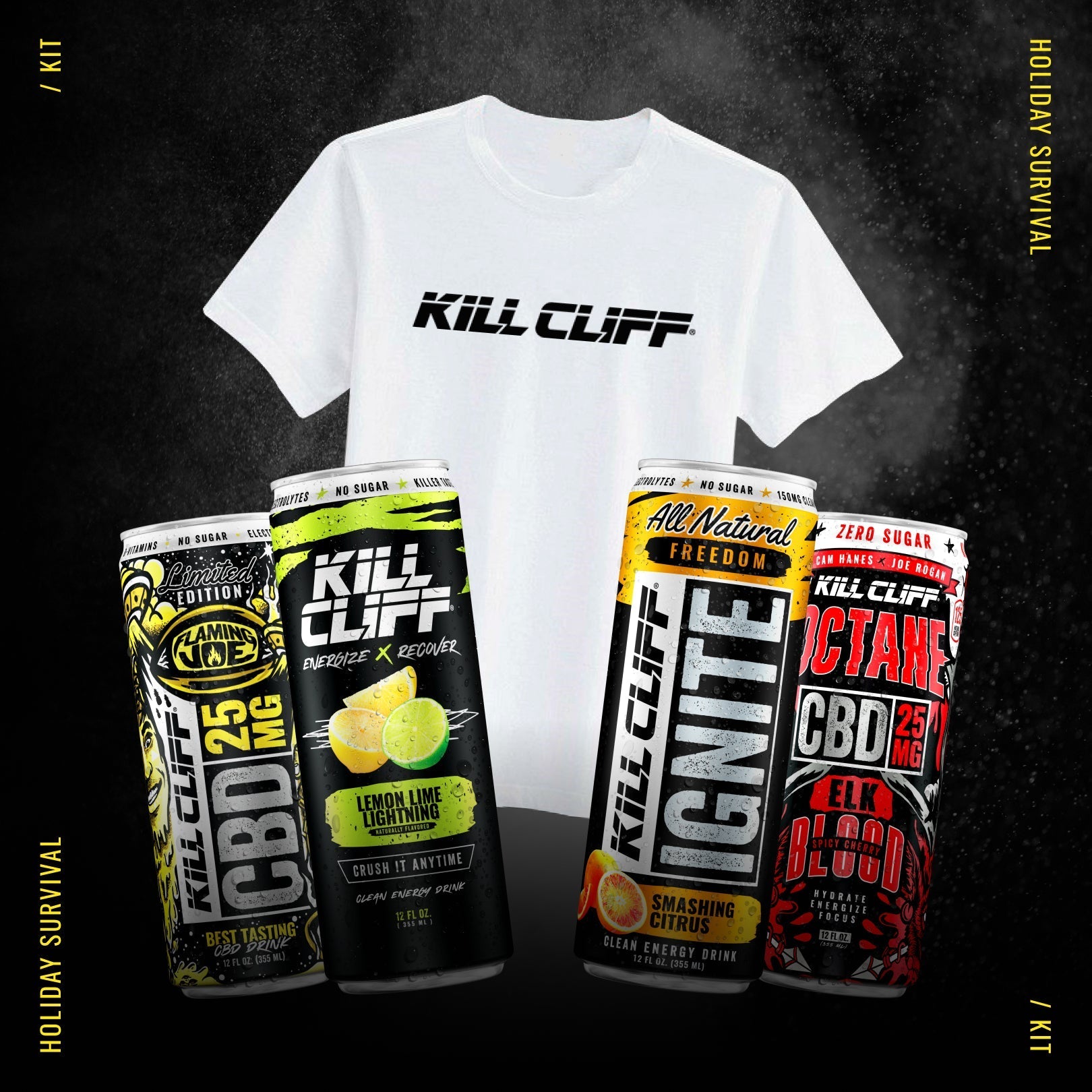Brooke Ence Naked Training Programs
Hey there People!
As many of you know, a crucial part of any routine as an athlete, is recovery. Recovery does not just mean rest, recovery includes many different techniques and methods that are designed to help or encourage my body to heal from all the nasty workouts I throw at it. Of course, it also includes taking a rest day and maybe scheduling a spa day, but that’s a different story for a different day ;).
Below are some things I have used to help my body heal. Hopefully, after trying a few things, you all are able to incorporate them into your routine if you haven’t already. (Note: This information does not substitute for professional medical advice. Be sure to consult your physician or licensed medical practitioner before and exercise or recovery program- duh!)
- The Graston Technique
- Muscle Stim
- Hyperbaric Therapy
- Foam Rolling
THE GRASTON TECHNIQUE:
The Graston Technique, developed by David Graston, is an instrument-assisted, soft tissue mobilization therapy. The purpose is to to break down scar tissue and restrictions in your fascia, or connective tissue. Fascia is amazing. Think of it like the webbing that holds all your muscles, and organs together, anchoring them in their correct orientation to make your body one unit.
The Graston Technique has been proven to jumpstart your body’s healing process if there is a delay and can stimulate the production of collagen. Collagen production is EXTREMELY important, not just from an athletic standpoint, but in terms of overall health. Collagen is at fibrous protein that is found in connective tissue. It’s in our bones, our joints and is a major component of our skin (something I will dive into deeper when we talk about my skincare line).
The harder we train, the more our muscles experience microscopic tears, which ultimately lead to muscle growth. While muscle growth responds to exercise relatively quickly, the building of connective tissue and, in particular, collagen has been shown to be relatively slow. In short, collagen is a big help in keeping our bodies strong and resilient. It is not a particularly comfortable process. Although, the after effects are fanTASTIC.
MUSCLE STIM:
“Muscle Stim” refers to electric muscle stimulation or “EMS”. It can also be called Neuromuscular Electric Stimulation (NMES) or e-stim. Muscle Stim has been shown to increase muscle strength and density, increase muscle size, increase explosive strength, speed up muscle recovery, enhance local blood circulation (to increase recovery), and improve core strength.
In terms of training, the more frequent your muscle is recruited, the better your body becomes at finding the quickest way to recruit that muscle. Think of this like hiking. The more often you use a trail, the deeper the trail becomes and the easier it is to hike that path. This is also known as your “mind muscle connection”. EMS can provide you with repeated stimulation via electrode stimulated contractions to accelerate this neurological learning process. There are great little at home units you can buy, that are pretty affordable.For all of my nerdier People, like me, here is an article explaining the benefits of Muscle Stim.
HYPERBARIC THERAPY:
So I have been doing hyperbaric oxygen therapy for quite a few months now and I LOVE IT! My cervical spine surgery caused some nerve damage that I am still recovering from. And let me tell you, it is a LONG process. Nerves heal only about 1 mm a day or about one inch a month! For those of you who don’t know, hyperbaric therapy is the medical use of oxygen at an ambient pressure higher than atmospheric pressure. In short, Hyperbaric Oxygen Therapy, or HBOT, increases the amount of blood oxygen level, which promotes faster healing.
There is a lot of controversy out there on whether HBOT is actually beneficial. All I can tell you is that I have been under consistent treatment for quite a few months now and I can absolutely feel a difference. The only real downside to it is that it is kind of considered nuanced medicine, meaning it is in the “alternative” category, thus it is on the pricey side.
FOAM ROLLING:
Foam rolling! I do this OFTEN. Foam rolling has to do with the mobility of the fascia. Again, facia is a fibrous layer of connective tissue that surrounds all of the muscles in our body. Without proper mobility, fibers of the fascia become cross linked and bind to muscles and nerves, inhibiting normal motion and causing pain. In the past, people, including athletes, thought that stretching was the answer. It’s not. Static stretching, especially before you warm your body up, can actually cause or contribute to injury. Instead, Self Myofascial Release (SMR) is the answer. SMR will keep trigger points and scar tissue broken up within the muscle and fascia, allowing greater tissue extensibility, normal function, and normal motion.
Another benefit to regular SMR is the performance capability of your muscles. The more flexible your muscles are within normal range of motion, the more power they will be able to produce. This has to do with elastic energy. The stretchier a muscle gets, the more force it will be able to generate. Like a slingshot.
I highly recommend incorporating foam rolling into your athletic routine. Even if you don’t have time to train on a given day, set aside a few minutes to do some foam rolling and keep that facia elastic! Foam rollers are inexpensive and don’t take up very much space at all. Really, there is no excuse to not do this regularly.
I hope you all enjoyed this little info packet! If you would like to hear about something in particular or for us to expand on something you read, let me know! Until next time People! BE bold!
Love, Brooke
xoxo








